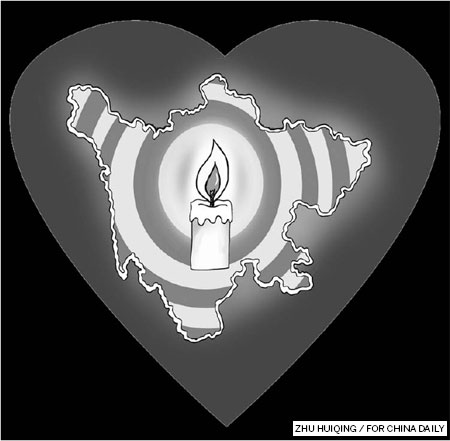The science of quake relief

Premier Li Keqiang stood among the rubble of what had been an old dilapidated shack on a steep slope and stressed to the rescue team, and more importantly the whole world via TV, that earthquake aftereffects must be addressed by scientific means. The contrast between modern science and what used to be poor, simple shelters was striking. An obvious manifestation of the premier's intent was the lightweight special purpose scanners that could detect heat or movement or faint sounds of villagers trapped under debris (and perhaps unconscious).
But science goes much further than that in addressing earthquake issues. The first reality check is the need to understand the physical dimensions of the setting. Ya'an, Lushan and Baoxing (in Sichuan province) are not just names on maps. For those not in the know, and this especially applies to many foreigners, it is quite misleading to quote the official statistics that "Ya'an city has a population of 1.5 million and an area of 15,398 square kilometers".
With Google Earth we can quickly and for free fly over the area and understand that the main urban settlement of Ya'an is on lowlands and is small, just a few kilometers across. Following the road winding upriver is the county of Lushan, which again has a tiny set of streets with that build-up area called Luyang. Further upriver, through a steep sloped valley is the county of Baoxing, with a "main village" of Muping. Becoming scientifically intelligent through Google Earth or, for better-resourced specialists, lots of satellite and aerial imagery can greatly improve understanding and lead to efficient post-disaster operations.















